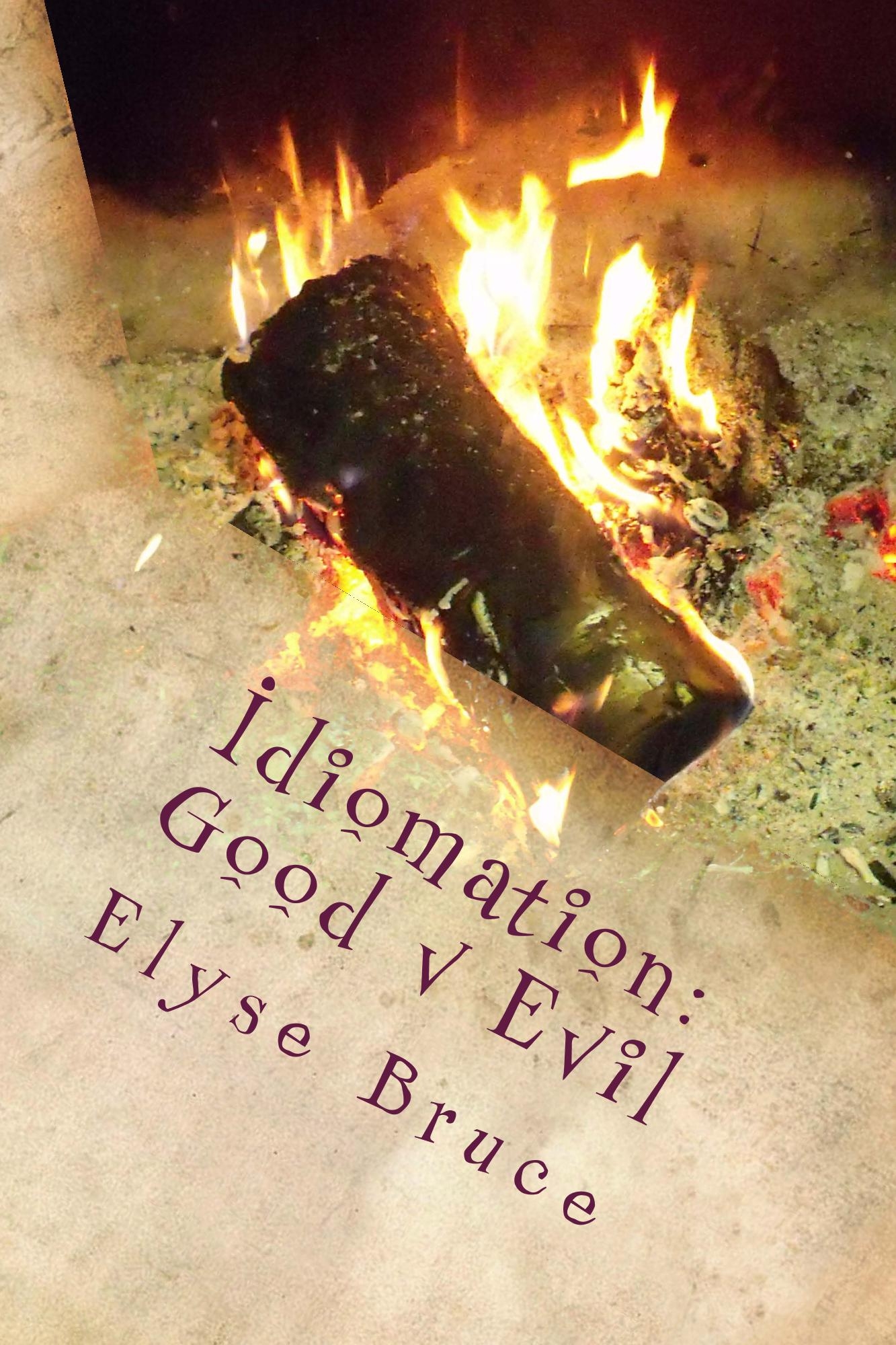The Fourth Wall
Posted by Admin on November 11, 2013
Thanks to philosopher, writer and art critic, Denis Diderot (5 October 1713 – 31 July 1784) the concept of the fourth wall became an integral part of 19th-century theater thanks to the growing realism in theater productions. The fourth wall put forth the idea that there was an imaginary boundary between fictional stage presentations and the audience. More and more often, breaking the fourth wall is happening in comic books and video games. Or as Russ Buchanan wrote, the fourth wall “represents the willing suspension of disbelief and frame of mind that casts the audience as passive observers of the actors, who carry out the action pretending nobody’s watching.”
In other words, acknowledgement of the audience, or speaking directly to the audience is known as breaking the fourth wall. It’s not an aside. It’s not a soliloquy. It’s a break in the otherwise contained pseudo-reality happening on stage, in film, in comic books and in video games where the actor interacts directly with the audience. In the movie “Ferris Beuller’s Day Off” Matthew Broderick’s character, Ferris, breaks the fourth wall repeatedly as he addresses the audience throughout the movie.
On September 8, 2013 the South Wales Echo published a short article under “News, Opinion and Commentary” entitled, “TV Times Past.” The show in questions from TV times past was Moonlighting which ran from 1986 to 1989 and starred Cybill Shepherd and a young Bruce Willis just starting out in the industry. The article included this bit midway through the article:
Take, for example, the smouldering on-screen chemistry between Willis and co-star Cybill Shepherd, the wise-cracking scripts and such groundbreaking innovations as having characters break the fourth wall by talking into the camera to the folks at home.
In the Entertainment section of the Bryan Times on March 31, 1976, the editor chose to run with the story by UPI Television Writer, Joan Hanauer’s story entitled, “Helter Skelter Adapted From Manson Murders.” Her story spoke about the upcoming two-part CBS made-for-television movie which she labeled as the epitome of actuality drama.
The acting is uniformly excellent: George DiCenzo plays Bugliosi as a dedicated prosecutor, and who at times must speak directly to the audience, a novelty for many actors accustomed to the “fourth wall” concept of theater, in which the audience is presumed to be watching the action through an invisible or removed “fourth wall.”
Mention of the “fourth wall” is difficult to find in publications prior to the latter part of the 20th century. So how do we know that the term existed prior to this date? We know this thanks to the book by Denis Diderot entitled «Discours sur la poesie dramatique» and published in 1758 where he writes about theater, stating to the actors: “Imagine on the border between the scene and the spectators a big wall. Play as if the curtain was never opened.”
It became a favorite of Realist and Naturalist plays, as the play kept the audience safely concealed behind the fourth wall while at the same time, acknowledging them only when needed.
The concept was adapted by French actor, theatre manager, film director, author, and critic, André Antoine (31 January 1858 – 19 october 1943) for his naturalistic plays at the Théâtre Libre (founded in 1887). Unsure as to which wall was to be the fourth wall, he would have his sets built with all four walls and only decide afterwards which of the four walls was, indeed, the fourth wall … the one that needed to be removed from the scene.
Truth be told, however, technically the fourth wall has always been a part of staged performance art going back to Ancient Greece and beyond. It’s just that Denis Diderot formulated the concept and described it in more concrete wording. But the fact that the word was used between italics in the 1976 newspaper review of the made-for-television movie, “Helter Skelter” indicates that the expression was a relatively new one for reporters and journalists at least. As such, Idiomation pegs its use to the generation before and 1950.


Lewis Schofield said
I AM A MAN!! *PUNCH* Wait … wrong 4th wall!
(YouTube: “I Am a Man” to find the Meme)
REFERENCE LINK: http://www.youtube.com/watch?v=esSz2Pt74IA